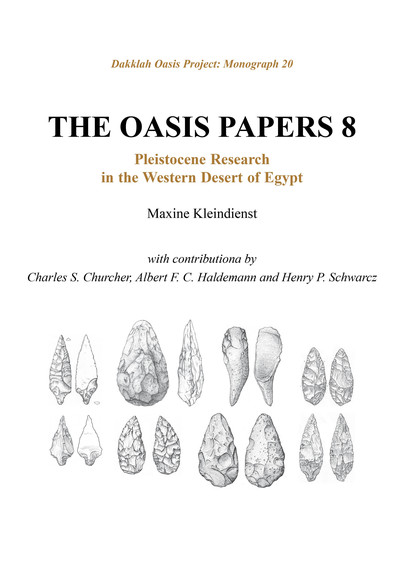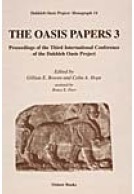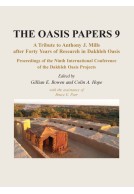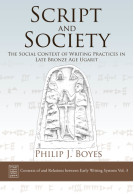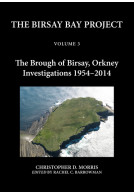Google Books previews are unavailable because you have chosen to turn off third party cookies for enhanced content. Visit our cookies page to review your cookie settings.
The Oasis Papers 8 (Paperback)
Pleistocene Research in the Western Desert of Egypt
Imprint: Oxbow Books
Series: Dakhleh Oasis Papers
Pages: 208
Illustrations: B/w
ISBN: 9781789255713
Published: 15th September 2020
Script Academic & Professional
Series: Dakhleh Oasis Papers
Pages: 208
Illustrations: B/w
ISBN: 9781789255713
Published: 15th September 2020
Script Academic & Professional
You'll be £18.00 closer to your next £10.00 credit when you purchase The Oasis Papers 8. What's this?
+£4.99 UK Delivery or free UK delivery if order is over £40
(click here for international delivery rates)
Order within the next 2 hours, 42 minutes to get your order processed the next working day!
Need a currency converter? Check XE.com for live rates
(click here for international delivery rates)
Order within the next 2 hours, 42 minutes to get your order processed the next working day!
Need a currency converter? Check XE.com for live rates
This is the only volume to present significant results of research into the Pleistocene of the Western Desert of Egypt. Research on Pleistocene prehistoric remains in Dakhleh Oasis began during survey in the 1978 Dakhleh Oasis Project (DOP) season, with discovery of the ubiquity of stone artefacts. Dedicated work by both prehistorians and environmentalists continued until 2011. Comparative DOP reconnaissance and geological work in Kharga Oasis began in 1987, which morphed into the Kharga Oasis Prehistory Project (KOPP) in 2001. Papers on the Pleistocene research are focused on geoarchaeological and palaeo-environmental data, reporting on different aspects of the off-site fieldwork conducted in the oases. Pleistocene finds and sequence are included. Detailed analyses of palaeolakes, the meteoritic Dakhleh Event, chronometric dating, and the 'empty desert hypothesis' employ state of the art research strategies and techniques to provide important information on Pleistocene human uses and habitability in the Western Desert. A summary paper and a Catalogue of Pleistocene localities recorded in the Dakhleh Oasis survey are provided.
The volume will be a major contribution to the publication of the results of several decades of work in a region where fieldwork is now increasingly difficult. This will be the only volume in which the significant results of the research into the Pleistocene of the Western Desert of Egypt appear. This has been undertaken under the auspices of the Dakhleh Oasis Project and its off-shoot The Kharga Oasis Prehistory Project. The preliminary results have been presented at various conferences and in articles that have all been well received. They incorporate state of the art research strategies and dating techniques. The volume will be a major contribution to the publication of the results of several decades of work in a region where fieldwork is now increasingly difficult.
Other titles in the series...
Other titles in Oxbow Books...







